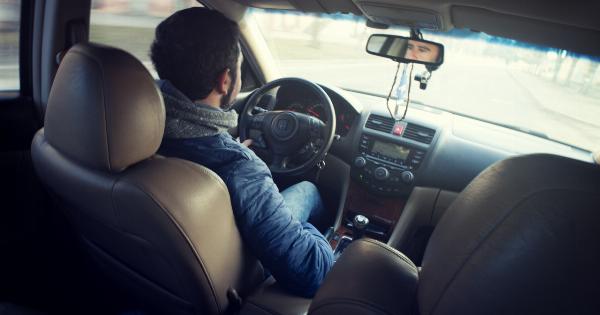It is estimated that around 90% of car crashes are caused by human factors.
The Dangers of Distracted Driving
One of the biggest human factors that can lead to car accidents is distracted driving.
This includes any activity that takes the driver’s attention away from the road, such as talking on the phone, texting, eating or drinking, and even talking to passengers.
Research from the National Highway Traffic Safety Administration (NHTSA) has shown that distracted driving is a major contributor to car accidents.
In fact, in 2018 alone, distracted driving was a factor in over 2,800 fatal car crashes in the United States.
The Risks of Fatigue
Another human factor that can lead to car accidents is driving while fatigued. Fatigue can cause a driver to become less alert and aware of their surroundings, which can lead to an increased risk of accidents.
A study from the AAA Foundation for Traffic Safety found that drivers who get less than seven hours of sleep in a 24-hour period are twice as likely to be involved in a car crash as those who get the recommended amount of sleep.
The Dangers of Driving Under the Influence
Driving under the influence of drugs or alcohol is another human factor that can lead to car accidents. Alcohol and drugs can impair a driver’s ability to control their vehicle and react to hazards on the road.
In 2018, there were over 10,500 fatalities in the United States that involved alcohol-impaired driving, according to the NHTSA.
The Impact of Unconscious Driving
While distracted driving, fatigue, and driving under the influence are all conscious decisions that can lead to car accidents, there is another factor that is less talked about – unconscious driving.
Unconscious driving occurs when a driver is not fully aware of their surroundings and is not consciously paying attention to their driving.
This can happen when a driver is in a state of autopilot, where they are driving without consciously thinking about what they are doing.
Unconscious driving can be caused by a variety of factors, including fatigue, stress, and boredom. It can also be caused by familiarity with driving routes, such as commuting to work or driving on familiar roads.
The Dangers of Unconscious Driving
Unconscious driving can be just as dangerous as distracted driving or driving under the influence.
When a driver is not fully aware of their surroundings and is not paying attention to their driving, they are more likely to miss important cues, such as traffic signals and stop signs.
Unconscious driving can also lead to slower reaction times and poor decision making. When a driver is not fully present while driving, they may not be able to react quickly enough to avoid an accident.
How to Avoid Unconscious Driving
The first step in avoiding unconscious driving is awareness. Drivers should be aware of the signs of unconscious driving, such as realizing that they cannot remember the last few minutes of driving or missing turns.
Drivers can also take steps to reduce the risk of unconscious driving. This includes getting enough sleep, taking breaks during long drives, and avoiding driving when stressed or fatigued.
One way to avoid unconscious driving is to practice mindfulness while driving. This involves consciously focusing on the act of driving and being fully present in the moment.
Conclusion
Car accidents caused by human factors are a serious problem that can have devastating consequences.
While distracted driving, fatigue, and driving under the influence are all well-known factors, unconscious driving is a less talked about but equally dangerous factor.
By being aware of the signs of unconscious driving, taking steps to reduce the risk, and practicing mindfulness while driving, drivers can help to reduce the number of accidents caused by human factors.




























